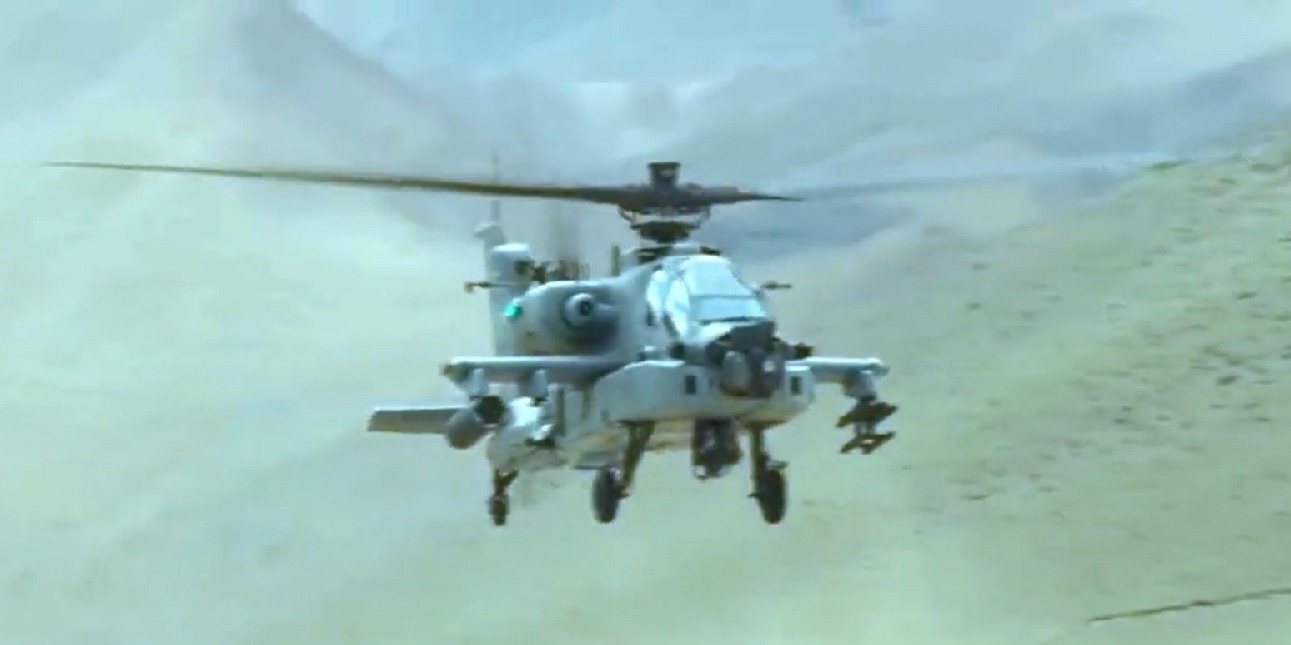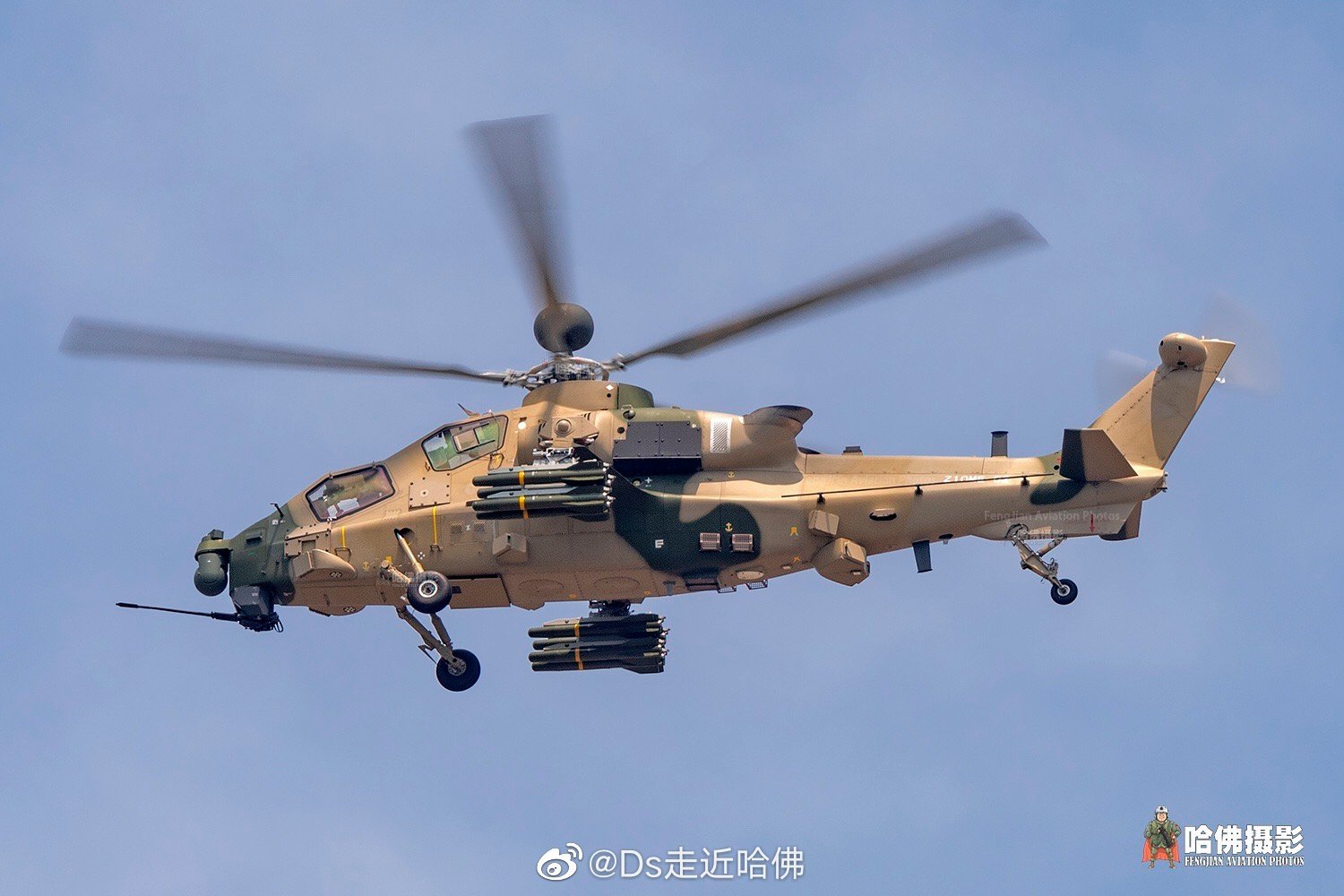The Indian Army is poised to induct its first three Apache AH-64E rotary-wing helicopters from the US, following a delay of over 15 months. At the same time, the news has started coming that Pakistan has deployed the Chinese-made Z-10ME attack helicopters, and a formal induction ceremony is expected soon.
The tension in the Indian subcontinent continues to simmer as New Delhi continues to maintain that Operation Sindoor against Pakistan has just been paused.
The next round between the two nuclear powers of South Asia could feature American Apache AH-64E, touted as the best attack helicopter in the world, and the new Chinese Z-10ME attack helicopters, unveiled in 2022.
The Indian Army raised its first Apache rotary wing aircraft squadron in March 2024 at Nagtalao in Jodhpur. However, the squadron remained non-operational due to repeated delays.
The first batch of three helicopters was expected to arrive by May or June 2024. The first three helicopters of the six contracted are likely to be inducted in a formal ceremony on July 22. They will be deployed on the western frontier against Pakistan.
The yet-to-be-confirmed news of Pakistan deploying Z-10ME gunships has created quite a stir among observers of defense and security in the region.
The Z-10ME has been designed to challenge American Apache and the Russian Mi-28 “Havoc” helicopters. The induction of the helicopter will give Pakistan’s forces another capability to test India’s layered air-defense systems.
The Pakistan Army plans to replace its aging AH-1F/S Cobras with Chinese gunships. The Z-10 has a range of 1,120 kilometers and weighs roughly 5,100 kilos when empty. It includes a 23-millimeter caliber revolver pistol and four external hardpoints that can hold air-to-ground, air-to-air, and rocket launchers.
Up to 16 anti-tank missiles, four multiple 7-barrel rocket launchers, or two multiple 32-barrel rocket launchers can be mounted on the helicopter with the ability to employ different combinations for various missions. It can carry missiles to take out tanks and armoured vehicles.
For instance, missiles can be employed against tanks and armored vehicles, while rockets and guns can be used to inflict damage on infantry troops. The Z-10 boasts several advantages over its peer, such as the Eurocopter Tiger, due to its excellent aerodynamic design and domestically produced engine, as well as its superior handling and agility.

China has made several improvements in the export version of the Z-10ME. It is powered by the WZ-9G turboshaft engine, a significant improvement over earlier WZ-9 engines. The other upgrades are better avionics compared to earlier variants of Z-10. The system features a helmet-mounted sight, laser rangefinder, and thermal imaging sensors for nighttime operations.
Pakistan social media accounts have been speculating about laser weapons on board. While there are no known directed-energy weapons (DEWs) onboard these helicopters, the Z-10ME is reportedly equipped with laser-guided munitions.
The Z-10ME is said to feature graphene-based and ceramic composite armor panels, providing protection for pilots and engines against small arms fire. The upward-facing exhaust nozzles reduce the helicopter’s infrared signature, lowering the risk of infrared missile lock-ons.
Pakistan’s Quest For Attack Helos
In 2015, the State Department cleared a $952 million sale to Pakistan that included 15 AH-1Z Viper attack helicopters. The sale was intended to support Pakistan’s counterterrorism and counterinsurgency operations with a precision-strike, enhanced-survivability aircraft that can operate at high altitudes.
Pakistan was to utilize the gear in operations in the North Waziristan Agency, the Federally Administered Tribal Areas, and other remote and mountainous areas, operating in all-weather, day-and-night environments.

After approval, the initial delivery was expected to begin in 2017. However, the uptick in India-US ties and fallout between Washington and Islamabad resulted in the deal being in limbo. The helicopters were also spotted in the US with Pakistan Army’s livery, but the deliveries have not occurred yet.
Reports suggest that some of these helicopters were built and remain in storage at facilities like the Aerospace Maintenance and Regenerations Group (AMARG), in Tucson Arizona. Reports indicate that 9 AH-1Zs are in storage and awaiting resolution to the political tensions between the US and Pakistan.
Following the bungled deal with the US, Pakistan signed a 2018 agreement for the purchase of 20 Turkish T129 ATAK helicopters for USD 1.5 billion. However, the US vetoed the sale due to its LHTECT800-4A engines, which are built by Honeywell and Rolls-Royce.
Pakistan did receive four Mil Mi-35M attack helicopters from Russia. Pakistan had ordered four Mi-35Ms in August 2015 in a $153 million US deal, which included training, spare parts, and ground support equipment. It marked Pakistan’s first weapon purchase from Russia.
The Mi-35M is a modernized variant of the Mi-24V Hind, a popular Soviet-era attack helicopter based on the ubiquitous Mil Mi-8/17 Hip transport helicopter platform.
However, the capability gap remained as India continued to induct the Apache AH-64E and the indigenous Light Combat Helicopter (LCH) ‘Prachand’. This seemed to have prompted Pakistan to become the first export customer of the Z-10ME.



